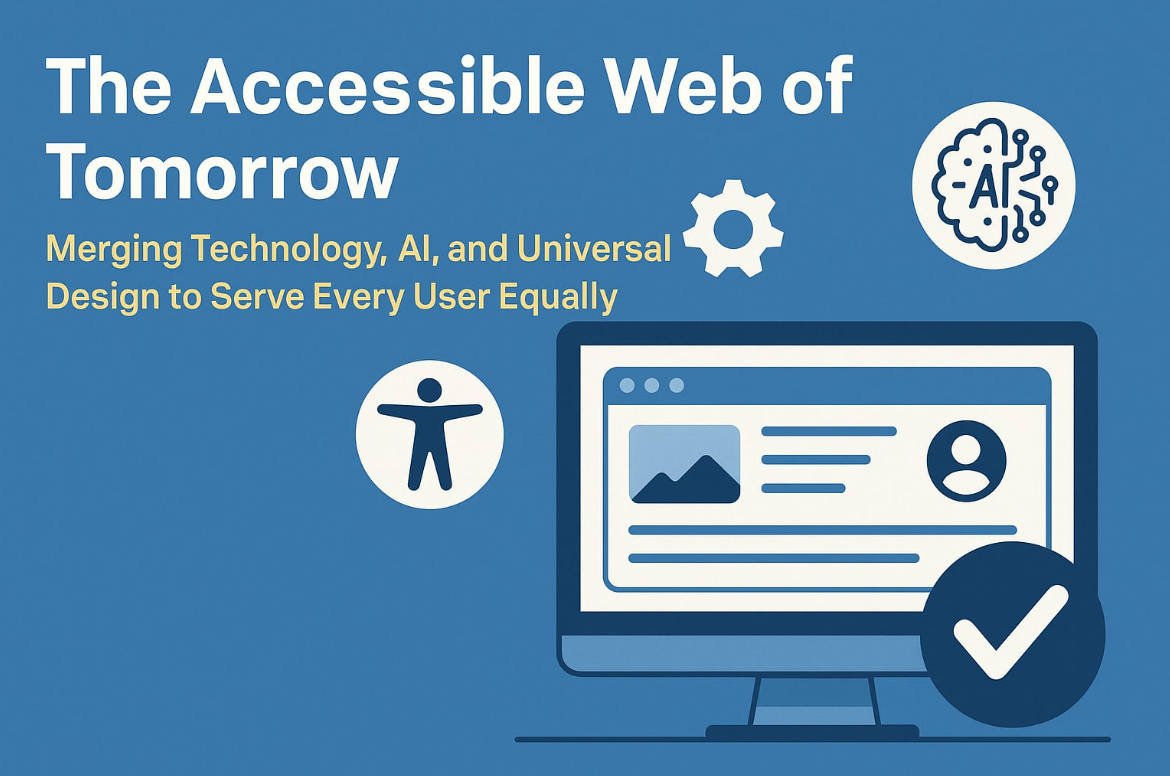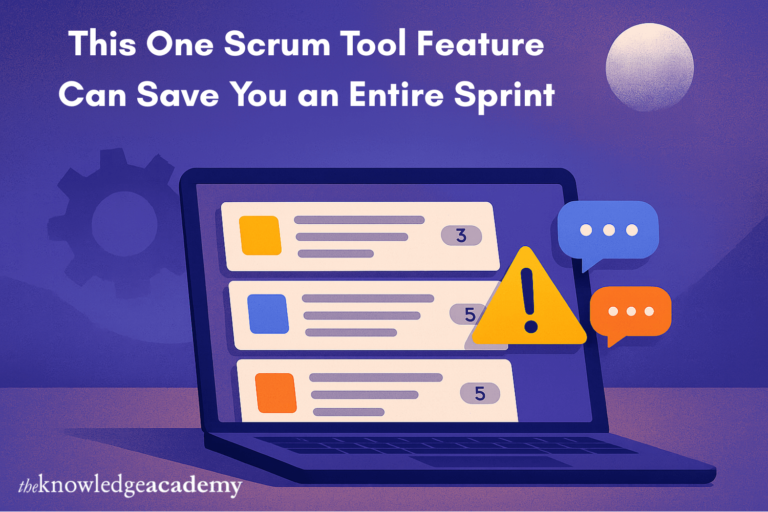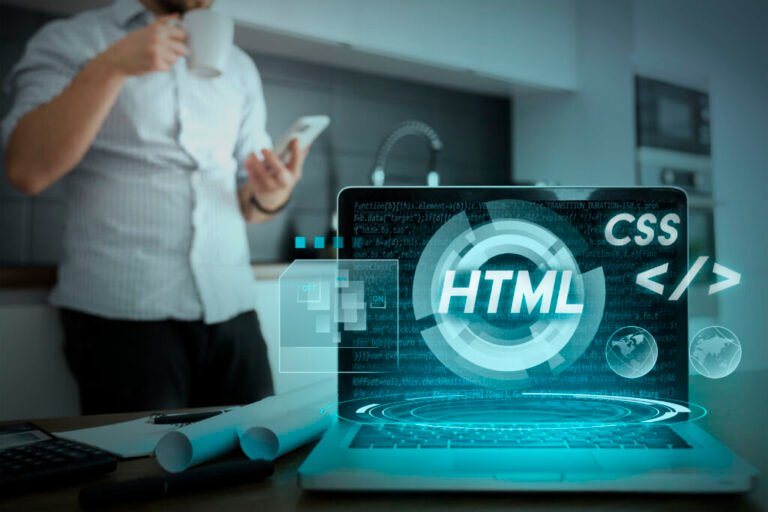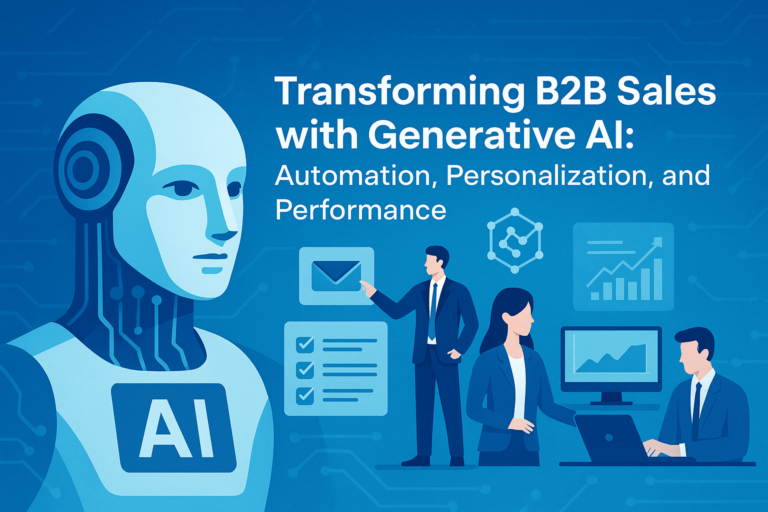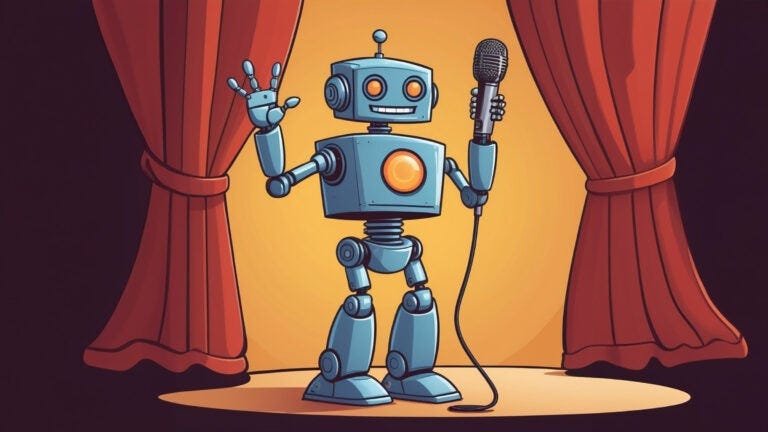The Accessible Web of Tomorrow: Merging Technology, AI, and Universal Design to Serve Every User Equally
As the digital world becomes increasingly embedded in every aspect of our lives, the need for an inclusive, accessible internet has never been more pressing. Web accessibility is no longer a niche concern—it’s a vital element of modern digital strategy. With rapid advances in technology, artificial intelligence (AI), and universal design, we are entering a new era: one where the web is built to serve every user equally, regardless of ability, age, or device.
What Does “Accessible Web” Really Mean?
At its core, web accessibility ensures that websites and digital content can be used by people with disabilities—including those with visual, auditory, cognitive, neurological, or motor impairments. However, accessibility benefits everyone: from aging users with changing vision to users on mobile devices in bright light or low-bandwidth areas.
An accessible web:
- Accommodates all input methods (keyboard, mouse, screen readers, voice)
- Provides meaningful content structure
- Uses alt text, captions, and clear navigation
- Is perceivable, operable, understandable, and robust (as per WCAG principles)
See also: Exploring Edge Computing and Its Impact on Technology
The Role of Universal Design in Accessibility
Universal design is the concept of designing products and environments to be usable by all people, to the greatest extent possible, without the need for adaptation. In web design, this means:
- Intuitive interfaces
- Flexible layouts
- Readable typography
- Responsive designs
Rather than designing for a “typical user” and retrofitting for accessibility, universal design starts with inclusivity at its foundation.
How Technology Is Powering the Future of Web Accessibility
As tools evolve, so do our capabilities for building smarter, more inclusive web experiences.
1. AI-Powered Accessibility Tools
Artificial intelligence is revolutionizing web accessibility:
- Automated image recognition generates alt text in real-time.
- Voice recognition and voice UI help users with limited mobility navigate hands-free.
- Natural Language Processing (NLP) can simplify complex content for cognitive disabilities.
- AI-driven platforms like accessiBe and UserWay offer real-time adjustments for font size, contrast, and keyboard navigation.
However, while AI helps scale accessibility efforts, human oversight are still necessary to ensure quality and nuance.
2. Machine Learning for Personalized Experiences
Machine learning can detect user behavior and adapt interfaces accordingly:
- Enlarging text automatically for low-vision users
- Prioritizing audio navigation for screen reader users
- Detecting slow typing and offering predictive inputs
This adaptive accessibility approach ensures a tailored experience for every user.
3. Speech and Gesture Interfaces
The rise of smart speakers, voice assistants, and gesture-based controls is reshaping interaction models. These interfaces remove the barriers of screen-based navigation and empower users with motor or visual impairments to access content freely.
Bridging the Gap: Designers, Developers, and AI Working Together
Creating an accessible web is not the sole responsibility of developers or designers—it’s a collaborative process, and now, AI is a part of that team.
Key Collaboration Points:
- Designers focus on visual hierarchy, clarity, and universal usability.
- Developers implement semantic HTML, ARIA labels, and navigational logic.
- AI tools assist in testing, adaptation, and automatic optimization.
By working together, these forces can build holistic digital environments that leave no one behind.
The Impact of Legislation and Global Standards
Accessibility is also being enforced through stronger legislation:
- ADA (Americans with Disabilities Act) in the U.S.
- EN 301 549 in the EU
- WCAG (Web Content Accessibility Guidelines) globally
Governments and organizations are beginning to see accessibility as a civil right, not a technical option. Compliance is becoming mandatory—and morally essential.
Real-World Applications of the Accessible Future
🔹 E-commerce
AI can help ensure product descriptions, filters, and cart functions are usable for all.
🔹 Education
Accessible learning platforms support students with dyslexia, ADHD, or visual impairments using screen readers, captions, and simplified content modes.
🔹 Healthcare
Accessible patient portals and appointment systems help all users manage their health independently.
Conclusion: Building the Web for Everyone
The future of web design is inclusive by default, not by exception. By merging the power of technology, the intelligence of AI, and the philosophy of universal design, we are moving toward a web where no one is excluded.
Creating the accessible web of tomorrow isn’t just about compliance—it’s about equity, empowerment, and empathy. And the time to build it is now.
